How to Attract Chinese Tourists (Groups and Independent Travelers)

The Chinese outbound tourism market exhibits remarkable diversity, encompassing a wide range of age groups, income levels, and interests. However, they all share a profound fascination with popular travel destinations, mobile payment solutions, and social media engagement.
Anticipations for 2023 are centered around a significant recovery, particularly during the second and third quarters. These periods are expected to witness a surge in Chinese travel, fueled by the allure of summer months and the resolution of visa-related concerns. Historically, Chinese international travelers have held the position of the world’s largest tourism spenders, and their inclination for overseas shopping sprees has been well-documented.
Cost-Effective Agency
KPI and Results focused. We are the most visible Marketing Agency for China. Not because of huge spending but because of our SMART Strategies. Let us help you with: E-Commerce, Search Engine Optimization, Advertising, Weibo, WeChat, WeChat Store & PR.
According to the United Nations World Tourism Organization, before the pandemic, Chinese travelers embarked on a staggering 154.6 million trips abroad and expended a staggering sum of nearly $255 billion.
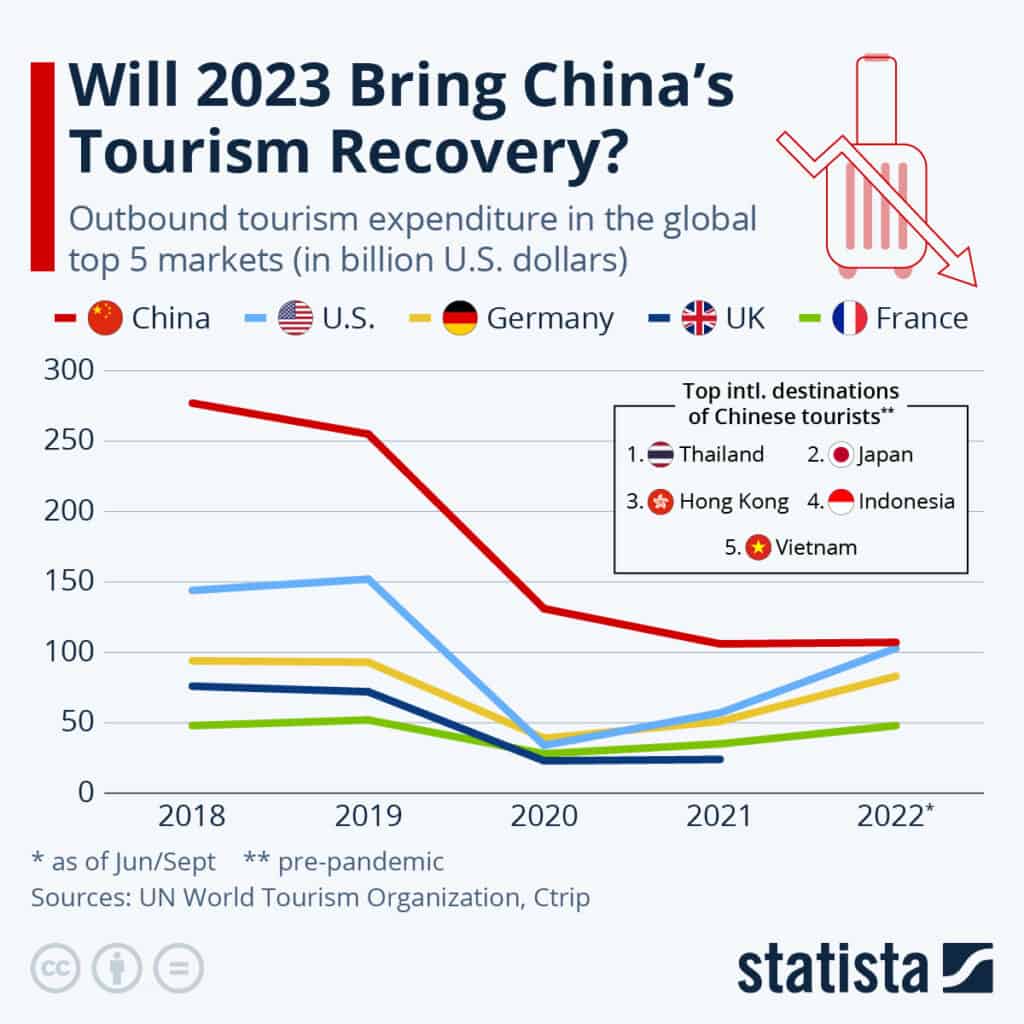
Make Your Travel Business Easy and China Friendly
Work to create a destination perfectly suited to Chinese tourists. Work with your service provider to implement some of the entry-level, Chinese-friendly innovations, such as Chinese signage and simplified restaurant translation menus, along with Chinese language services, digital payment, etc.
Over the past several years, Chinese tourism has brought £43 million to Scotland. Furthermore, the Edinburgh Travel Action Group provides comprehensive support, advice, and training to help travel companies attract and welcome Chinese tourists.
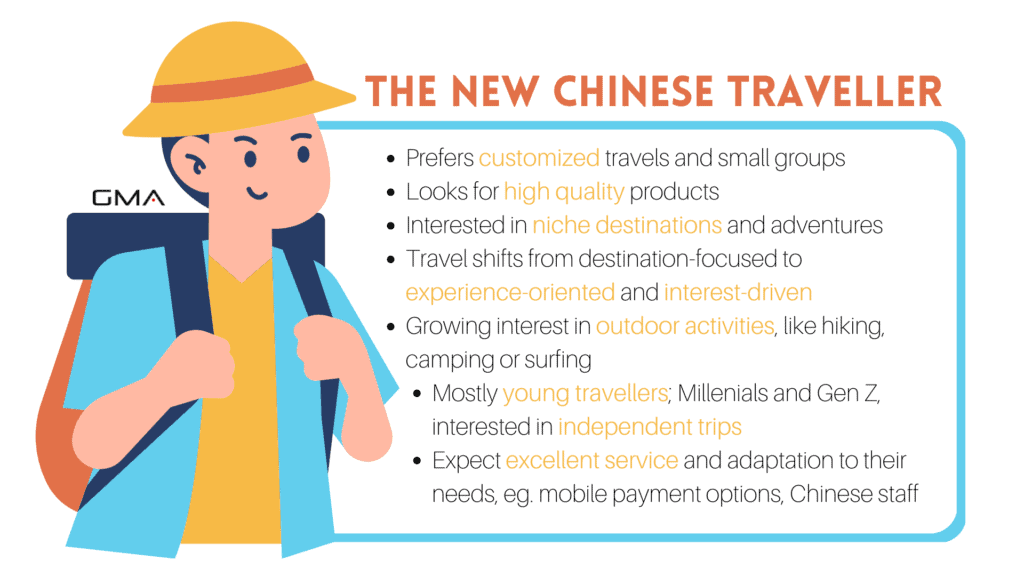
Make Payments Easy for Chinese Tourists
Chinese tourists do not use Western credit cards and do not want to bring a lot of cash so it is important to provide the most popular Chinese payment options: China UnionPay, Alipay, and WeChat wallet. These online payment platforms are ubiquitous in the Chinese market, with savvy overseas destinations and retailers, including LaFayette Gallerie in Paris or Harrods, and Body Shop in London, reaping early returns.
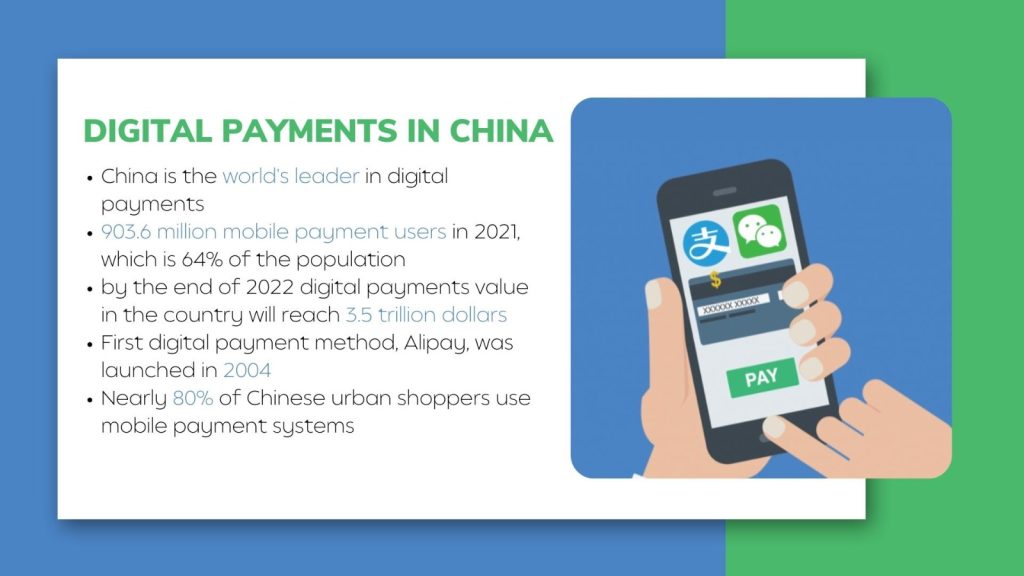
Adapt to Changing Trends in China’s Tourism Industry
In recent times, there has been a notable rise in the number of affluent Chinese tourists who seek out more personalized and immersive travel experiences. This emerging trend of Free Independent Travelers (FITs) demonstrates a clear inclination toward luxury tourism and exploration of emerging markets, moving away from the conventional group tour packages.
The influence of online platforms on their decision-making process cannot be understated, as a significant 69% of Chinese travelers rely on Chinese social media platforms for travel inspiration and gathering relevant information. Furthermore, these prosperous independent tourists are departing from standard itineraries and opting to tailor their trips according to their individual preferences.
This includes selecting niche destinations that align with their interests, such as art or history, indulging in local cuisine at distinctive food establishments, or participating in exclusive activities like attending orchestral performances or embarking on hot air balloon rides.
A recent survey conducted by CNBC unveiled the top destinations of interest for outbound Chinese tourists, which include Canada, Japan, South Korea, Australia, and Europe.
Marketing Strategies For Chinese Tourists And Travelers
Chinese Websites
Your brand will never be successful in China if you don’t adapt to the digital landscape. The truth is that most of the research done by Chinese tourists in 2023 happens on phones. This means that you can’t skip mobile adaptation and content localization.
With over 98% of Chinese internet users accessing the internet via mobile devices, having a mobile-optimized website is crucial. It should have an intuitive user interface, fast loading time, and easy navigation.
By providing a seamless digital experience across multiple touchpoints throughout the customer journey – from research to booking and post-trip follow-up – you can increase engagement levels among Chinese customers and drive more bookings for your business.
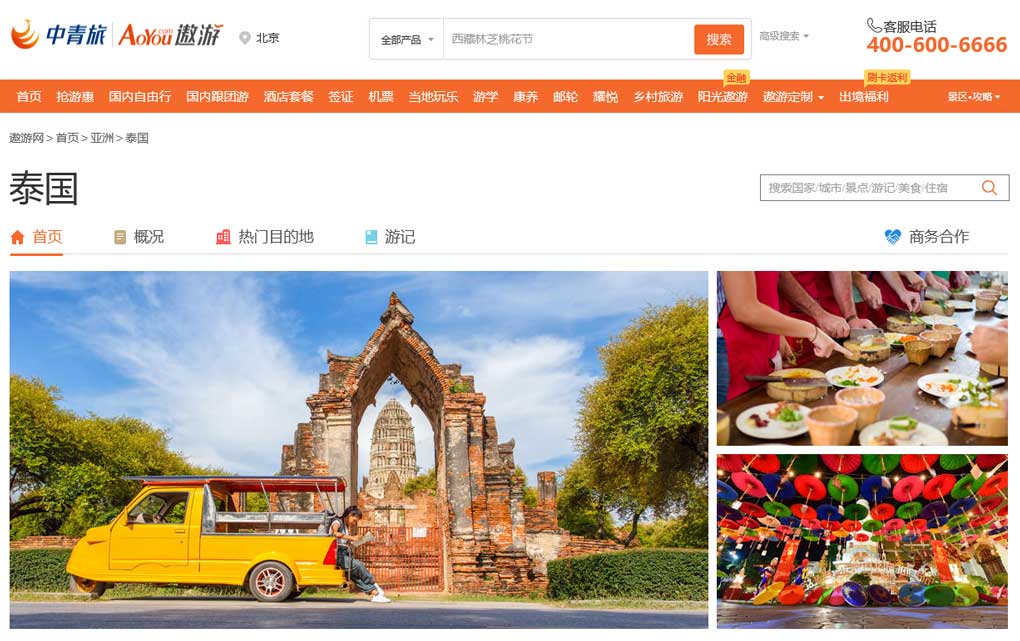
Social Media Platforms in China
The potential of these platforms in reaching out to this specific market segment is tremendous, given the staggering number of over 1 billion active monthly users on WeChat alone. Utilizing these platforms effectively can prove instrumental in promoting your travel destination.
Weibo, for instance, serves as an excellent medium for sharing captivating images and engaging content that can capture the attention of potential travelers. On the other hand, WeChat offers a comprehensive range of functionalities, including in-app payments and location-based services, tailored to the unique preferences of Chinese tourists.
The influence of social media usage is undeniable when it comes to shaping travel decisions among Chinese consumers, who heavily rely on online reviews and recommendations from fellow travelers. Therefore, harnessing the power of user-generated content (UGC) and collaborating with Key Opinion Leaders (KOLs) who boast a substantial following on these platforms can significantly enhance your brand’s visibility within this audience.
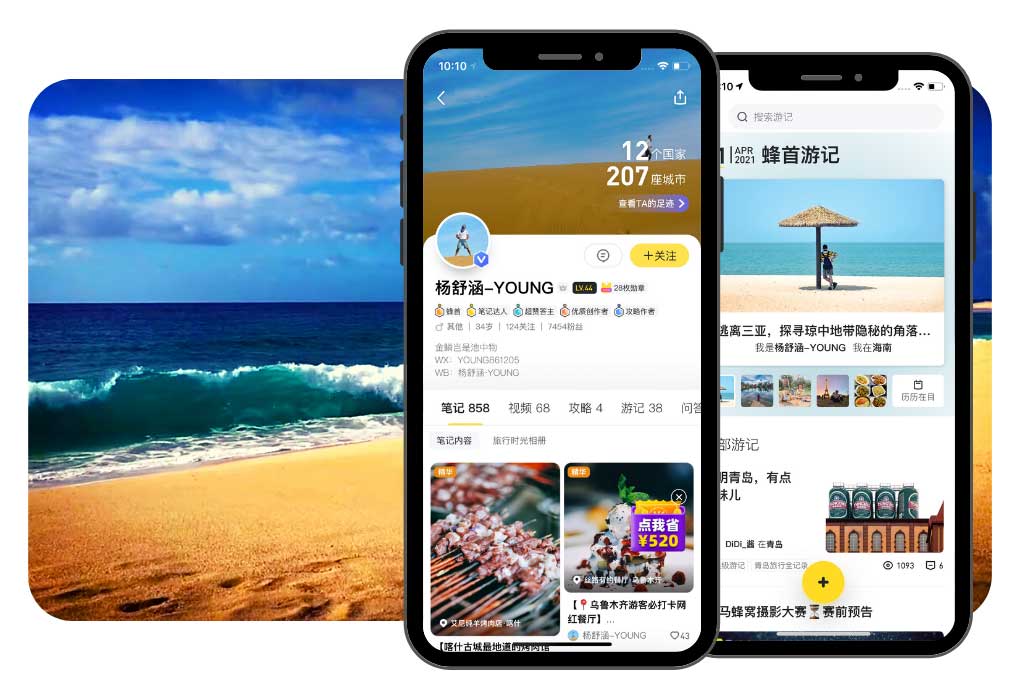
Localized Services and Multilingual Support
Here are some ways you can enhance your services with localization and multilingual support to better cater to this market segment:
Translate your website and marketing materials into Chinese: This will facilitate the discovery of your business by potential customers online and make them feel more at ease when making bookings.
Train your staff in cultural sensitivity: Understanding Chinese culture and customs is vital when engaging with Chinese tourists. Providing customer service in Mandarin can also greatly assist in effective communication.
Offer payment options that cater to Chinese tourists: Many Chinese tourists prefer using mobile payment platforms such as Alipay or WeChat Pay instead of credit cards. Incorporating these options can improve convenience and satisfaction.
Provide language-specific amenities: Consider incorporating Chinese signage, and menus, or offering access to Mandarin-speaking staff or tour guides. Additionally, providing familiar breakfast options can enhance their comfort during their stay.
By embracing localized services and multilingual support, you’ll create a more inclusive and welcoming experience for Chinese tourists traveling abroad.
Partnering with Chinese Travel Agencies and Influencers
Collaborating with agencies such as Ctrip and Mafengwo highlights a significant influence on China’s travel industry. These platforms are often compared to Tripadvisor and hold immense popularity among Chinese people who rely on them for tourism-related information, trends, and recommendations.
Another effective approach involves partnering with KOLs or Key Opinion Leaders. These individuals possess substantial followings on social media platforms and leverage their influence to promote destinations, services, or products through engaging posts and videos on popular platforms like WeChat and Weibo.
According to a report by China Luxury Advisors, a staggering 74% of Chinese travellers base their destination choices on recommendations from friends or online reviews, compared to a global average of only 30%. By collaborating with KOLs, you can tap into this prevailing trend and reach new audiences who may not be familiar with your brand otherwise.
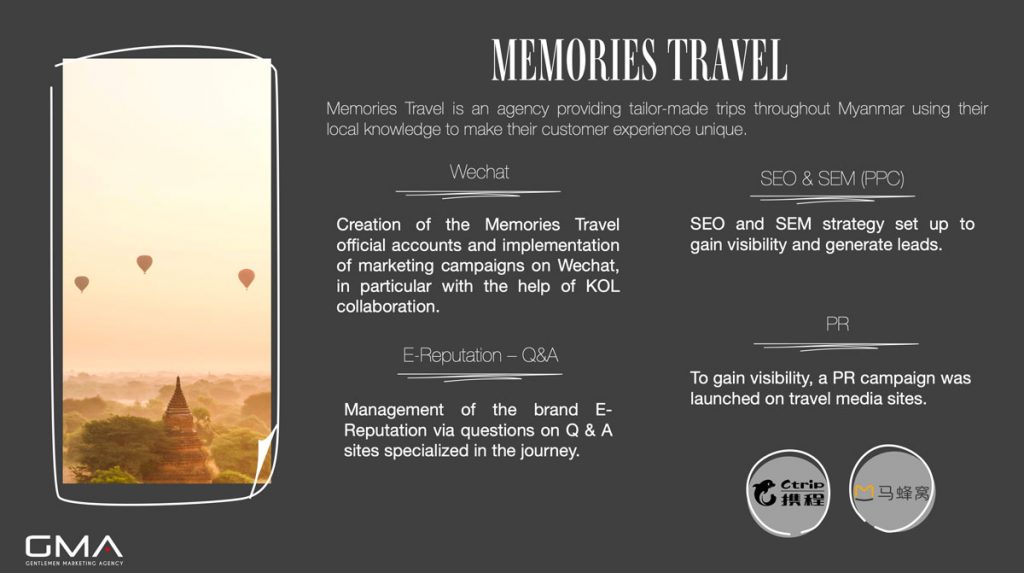
Navigating Political Sensitivities Impacting Chinese Tourist Perceptions
In recent years, geopolitical tensions have influenced Chinese travelers’ decisions, leading them to avoid specific regions or boycott certain brands. For instance, disputes over the South China Sea have resulted in more Chinese tourists steering clear of the Philippines, while political tensions between China and Japan have led to some Chinese travelers boycotting Japanese products altogether.
To effectively navigate these sensitivities, it is crucial for marketers to stay informed about current events and understand their potential impact on travel choices. Additionally, cultural differences should be taken into account when developing advertising campaigns or promotional materials.
Even seemingly innocent elements, such as featuring landmarks with controversial historical significance, could inadvertently alienate potential visitors from Mainland China. Being mindful of these factors is vital to maintain positive perceptions among Chinese tourists.
Tap into the Chinese Travel Market: Contact Us for Personalized Assistance
If you are seeking to attract Chinese tourists to your county, our agency with over 20 years of experience is here to assist you in every aspect. We understand the unique preferences and needs of Chinese travelers, and we are well-equipped to help you effectively tap into this lucrative market.

With our expertise and insights, we can guide you in implementing tailored strategies, from localized marketing campaigns and multilingual support to collaborating with influential Chinese travel agencies and influencers. Trust us to be your dedicated partner in attracting Chinese tourists and ensuring a successful venture into this vibrant market.
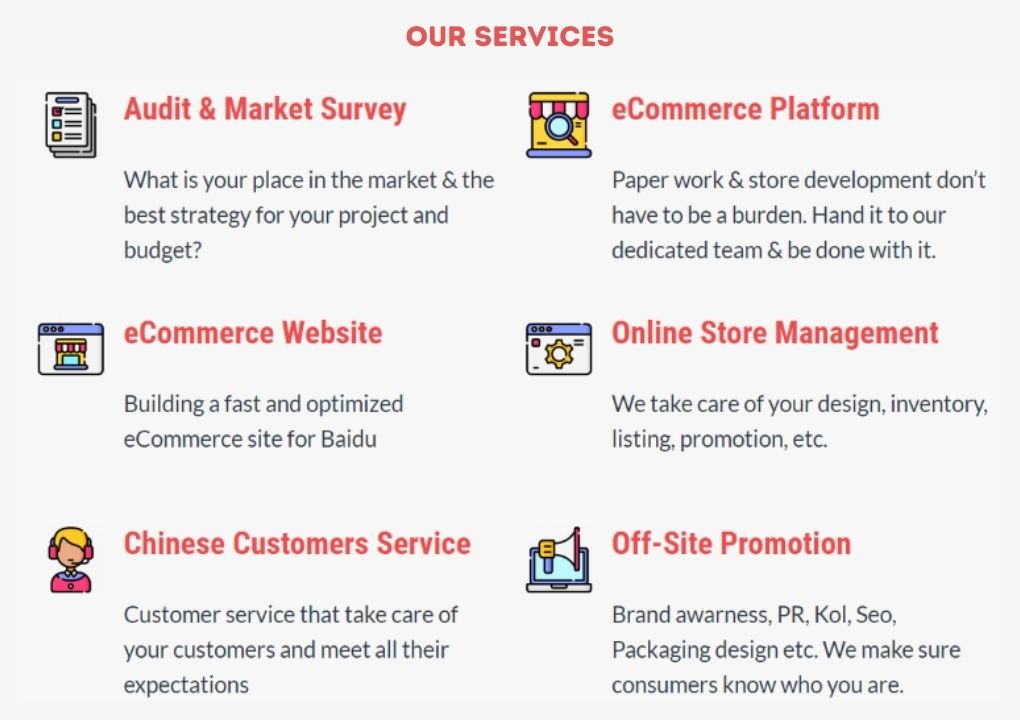
For further information and assistance in attracting Chinese tourists to your county, please don’t hesitate to contact us. Our experienced team is ready to provide personalized guidance and support to help you navigate the intricacies of targeting the Chinese travel market.
With our in-depth knowledge and proven strategies, we can work together to create an effective plan tailored to your specific goals and needs. Reach out to us today to start attracting Chinese tourists and unlocking the potential of this thriving market for your county.





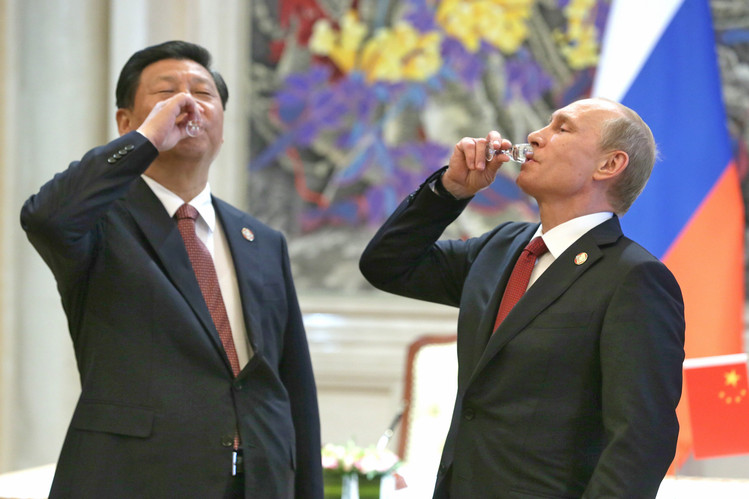

By 2017, the number of outbound Chinese travelers had reached 130 million. According to COTS, Chinese tourists spent $109.8 billion on overseas tourism. Besides
Many people haven’t seen that the Chinese free independant travellers are spending more and more on Food & restaurants.
thank you for the update of Number. And yes you are right , Chinese spend a lot in Food when they travel (as well as Shopping)
Hello,
We are an OTA (kanghuitrip) focus on small and medium tailormade travel experience in China.
We want partner with local inbound travel agencies, for sending small group of middle class Chinese people.
Can you share with you your contact , we are also interested to collaborate with hotel and entertainement place.
message me on wechat or give a comment.
Hi Sam,
Please drop us an email to discuss your project with us, it seems promising.
In the meanwhile, you could also read this guide on how to work with Chinese tour operators
need assistance to marketing our tour company in china